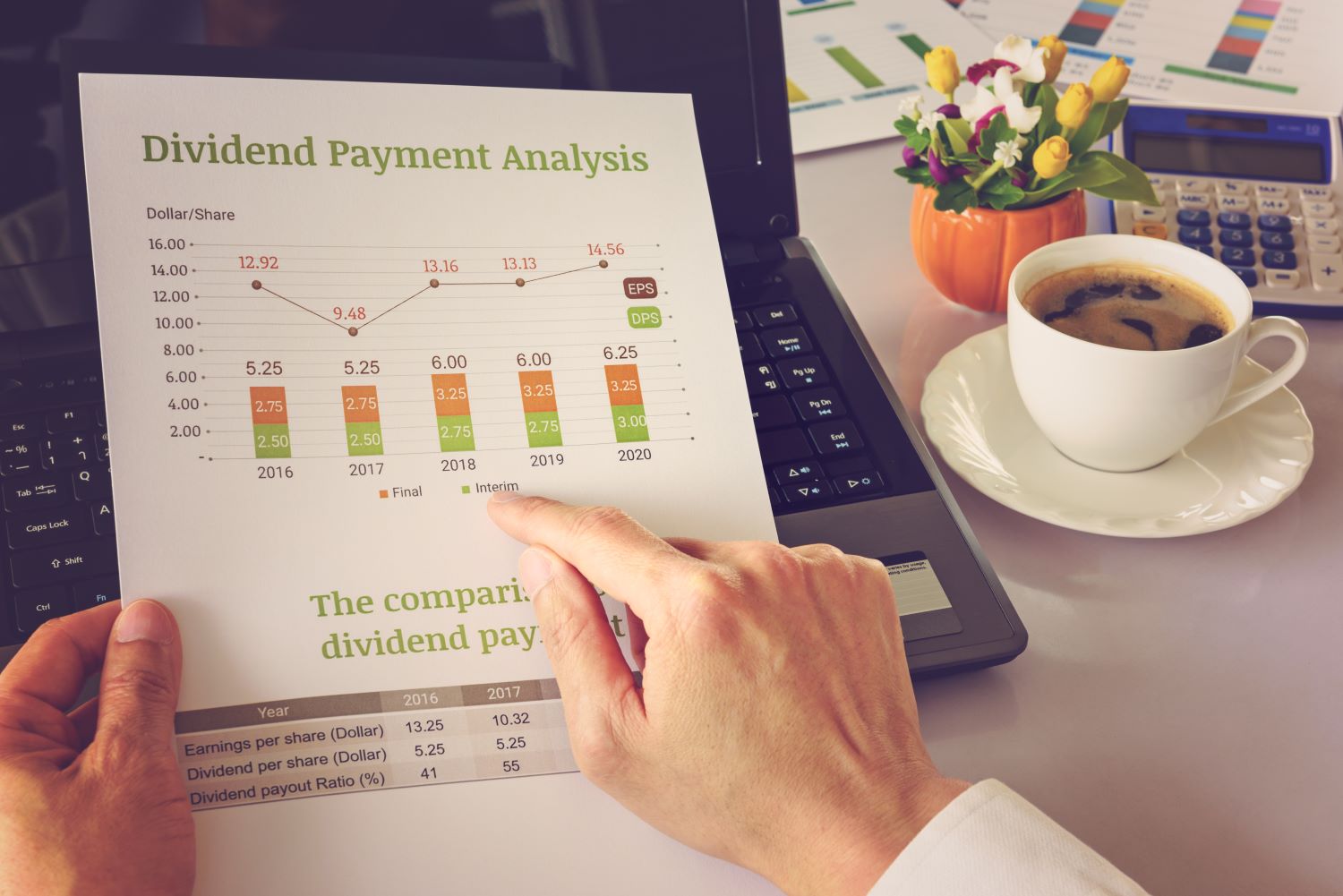Navigating Dividend Reinvestment Decisions
In the ever-evolving landscape of investment strategies, one question frequently surfaces among our clients: Is it better to reinvest dividends and capital gains distributions or take them as cash? This seemingly straightforward decision involves a deeper dive into the operational nuances that can significantly impact your investment strategy. At East Bay, we’ve dissected this complex issue to offer clarity and direction, ensuring you’re equipped to make informed choices that align with your long-term financial goals.
The Dilemma of Dividend Reinvestment
We are often asked whether it is preferable to reinvest dividends and capital gains distributions back into the mutual fund or ETF that pays them. Our opinion on whether or not to reinvest is based more on operational aspects than just a straightforward investment decision.
The Compounding Appeal vs. Operational Reality
To be clear, many articles on the topic simply talk about dividend reinvestment in the compounding sense, in which case you are clearly better off reinvesting rather than spending the distributions. In an advisory account with multiple holdings, though, the decision gets nuanced and comes down to advisor/client preferences.
The Case Against Automatic Reinvestment
We suggest not reinvesting dividends back into the security that paid them because that may not be the security you actually need to buy in the portfolio. Not only can it contribute to overweighting a particular holding (if its value had also been rising), getting you outside your risk tolerance, but it can lead to more transaction activity (having to trim the position more often), potentially incurring additional costs and/or encumbering your ability to “buy low, sell high” during rebalancing. Of course, we must note that many advisors have increased their usage of ETFs, which don’t have transaction fees on the most-used custodians, reducing the importance of the cost consideration.
Managing Withdrawals and Advisory Fees Without Selling
Reinvesting dividends may also mean more selling when withdrawals are needed from the account. While not all accounts need to make withdrawals, most advisory accounts need to pay advisory fees, and, assuming a balanced portfolio, distributions from its holdings are typically sufficient for covering them without the need to sell portfolio assets.
The Importance of Regular Portfolio Rebalancing
On the flip side, if the investor or advisor cannot monitor and rebalance the portfolio somewhat regularly, then cash can indeed build up and create a performance drag. This is fine if the advisory firm has a dedicated team (in-house or outsourced) to perform regular rebalancing. For what it’s worth, the outsourced trading teams we queried on this topic agree that not reinvesting dividends makes it easier to keep portfolios near their asset allocation targets, as long as you have cost controls in place, which they do, reinforcing our preference.
Tax Implications of Dividend Reinvestment
Last but not least, each of those reinvested dividends will likely result in many small purchases, each with its own cost basis, which could present headaches later on when calculating capital gains taxes on sales of each of those small tax lots.
Conclusion: A Tailored Approach to Dividend Reinvestment
Ultimately, trying to answer the question about reinvesting dividends is one without a clear and direct answer for all possible situations; it depends on quite several different factors.
Crafting Your Dividend Strategy with East Bay
Deciding whether to reinvest dividends is a multifaceted dilemma, influenced by various operational, tax, and strategic considerations. Clearly, a one-size-fits-all answer doesn’t exist, emphasizing the need for a tailored approach that aligns with your unique investment objectives and operational capabilities.
At East Bay, we’re committed to guiding you through these intricate decisions, ensuring your portfolio remains optimized for your financial aspirations. Whether you’re leaning towards reinvesting for compounding benefits or prefer maintaining flexibility in asset allocation, our team is here to offer the insights and support you need.
Ready to refine your investment strategy? Connect with us at East Bay. Our experts are on hand to discuss your portfolio’s specific needs and how we can help you navigate the dividend reinvestment conundrum with confidence.
